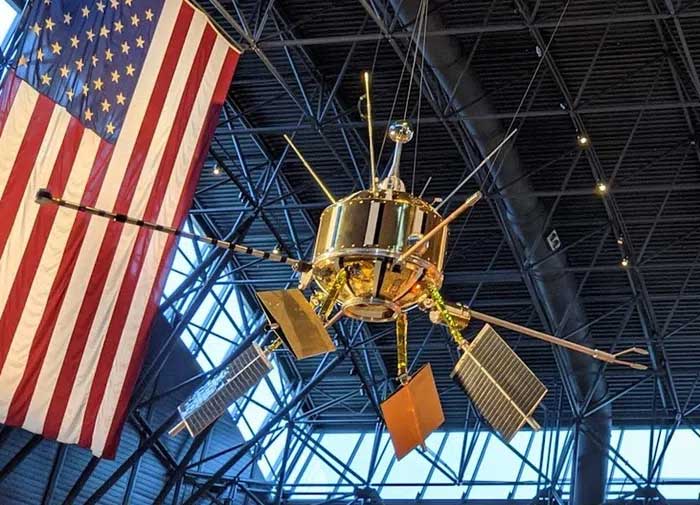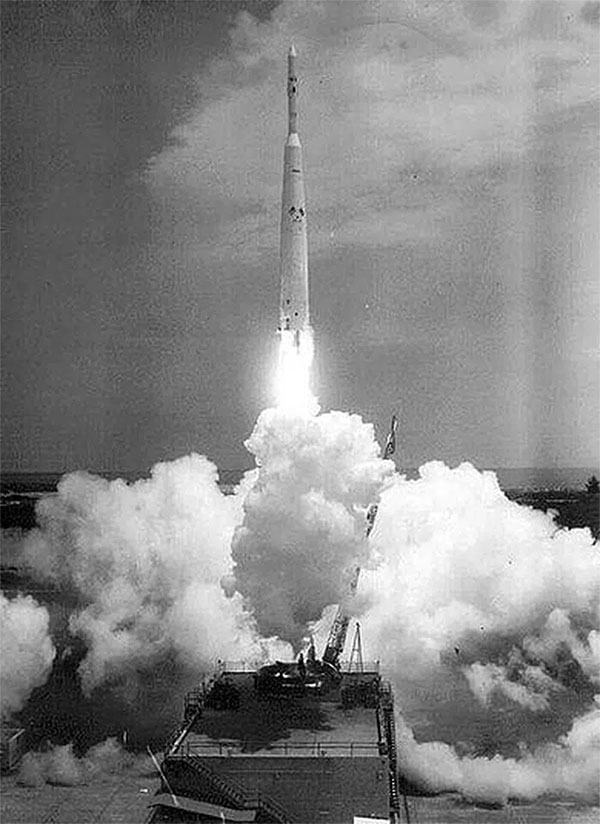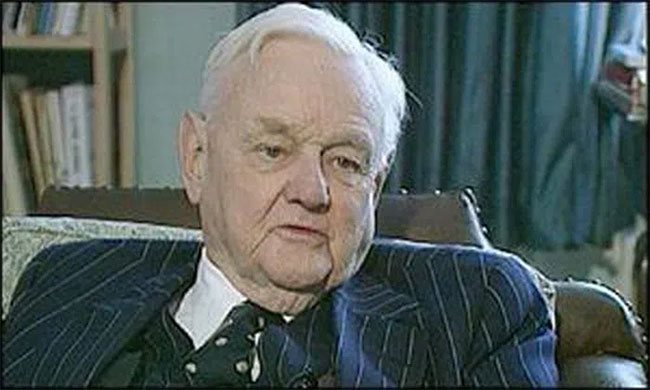The records related to the incident were kept secret for 50 years until a confidential letter revealed the cause of the destruction of the first British satellite.
The Destruction of Ariel-1
According to the EurAsian Times, on April 26, the United Kingdom celebrated the 60th anniversary of launching its first satellite into orbit. Notably, this satellite was inadvertently destroyed by the United States, which was conducting nuclear bomb tests at the time.
Ariel-1 was produced as a joint venture between the United States and the United Kingdom. London designed and manufactured the core system of this satellite, while NASA launched it into orbit using the Thor-Delta rocket.
When NASA offered other countries the opportunity to launch their scientific instruments into space, British scientists proposed the Ariel-1 program to NASA in 1959. The details were quickly and easily approved due to the close friendship between the two nations.
In the following year, British scientists were allowed to begin developing the necessary measuring instruments, while American engineers started developing a satellite compatible with this equipment. Ultimately, Ariel-1 was launched on April 26, 1962, making the UK the third country to operate a satellite, following the Soviet Union and the United States.

Model of the Ariel-1 satellite at the Udvar-Hazy Center. (Photo: EurAsian Times)
The purpose of Ariel-1 was to analyze the radiation impact of X-rays from the Sun on the upper atmosphere of Earth. According to NASA, the instruments on Ariel-1 were designed to “enhance human understanding of the ionosphere” and its connection to the Sun.
Ariel-1 was equipped with a recorder to store data, a solar radiation detector, and various instruments to determine how different particles in the ionosphere reacted and changed in response to external stimuli from space, especially from the Sun.
On July 9, 1962, just weeks after Ariel-1 was placed into orbit and began transmitting data about the ionosphere back to Earth, British scientists were astonished when the series of radiation sensors on Ariel-1 began to yield unusually high measurements. They suspected that the instruments on the satellite had malfunctioned or were broken.
The Ariel-1 satellite then suddenly lost signal, but this was not a random occurrence. According to the EurAsian Times, four days prior, the U.S. military had conducted a nuclear weapon test with a yield of 1.4 megatons named Starfish Prime in the upper atmosphere as part of the Fish Bowl Project.
This explosion created an electromagnetic pulse (EMP) strong enough to disrupt radio communications worldwide, even damaging streetlight systems in Hawaii. It also generated a strong wave of radiation that destroyed some systems of Ariel-1, including its solar panels, thereby incapacitating the satellite.

The Ariel-1 satellite was launched into orbit by the Thor-Delta rocket.
A Secret Kept for 50 Years
According to a report by BBC Future, the records related to the incident were kept secret for 50 years. Although NASA quickly recognized what had happened to the Ariel-1 satellite, the United Kingdom was not provided with specific information.
In fact, after an investigation, British officials soon learned what had happened to the Ariel-1 satellite. Lord Hailsham, then Chairman of the House of Lords of the United Kingdom and Northern Ireland, informed Prime Minister Harold Macmillan.
In a two-page memorandum dated September 10, 1962, Hailsham stated: “Although it suffered significant damage to its solar panels, the Ariel-1 satellite is not completely dead yet.”

The light from the nuclear test in 1962 as seen from Honolulu, nearly 1,500 km away. (Photo: Wikipedia)
According to this memorandum, the financial loss for the UK in this project was still minor compared to what the U.S. had to endure, as Washington contributed the majority of the program’s funding. Furthermore, the Ariel-1 satellite had proven its importance in the field of research.
“Before the explosion, Ariel-1 had transmitted thousands of hours of data, and it would take at least a year to analyze the significance of what it transmitted,” Hailsham noted, emphasizing that, in addition to its significant scientific value, the short lifespan of the Ariel-1 satellite warned of the great dangers of nuclear energy when weaponized, which needed to be prevented by a common treaty.
One year after Lord Hailsham’s letter to the Prime Minister, a treaty banning nuclear weapon testing and proliferation between the U.S., the UK, and the Soviet Union was signed in 1963. Moreover, Prime Minister Macmillan personally sent a reply to Hailsham titled “Thank you very much for the wonderful memorandum you sent.” However, it took 50 years for the letter to be made public.

Lord Hailsham passed away in 2001 at the age of 94. (Photo: BBC)
The Starfish Prime nuclear bomb explosion not only devastated Ariel-1, but it also contributed to the earlier-than-expected failure of Telstar, the world’s first television satellite.
However, military planners were intrigued by the effects of the new weapons after this incident. They researched whether spacecraft could be damaged by nuclear weapons or electromagnetic pulse (EMP) weapons.
EMP weapons are designed for ground forces or mounted on aircraft to destroy the enemy’s electronic systems in a specific area or disable their radar systems.
While governments and many military strategists expressed concern about EMP, military experts remained skeptical about this technology.

















































